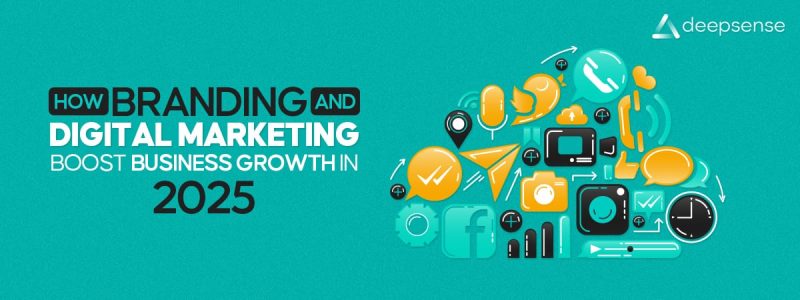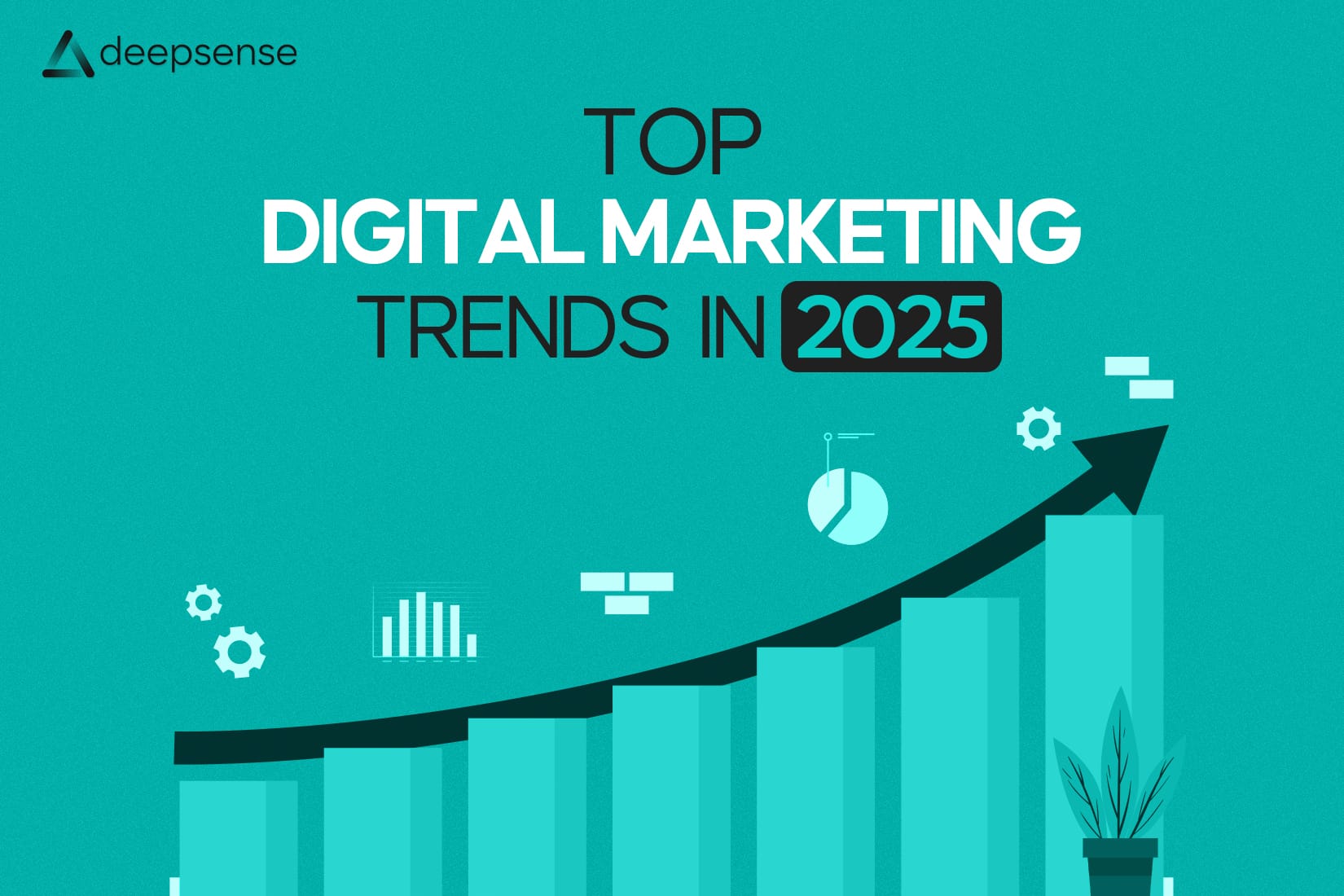In the ever-evolving world of search, traditional SEO is no longer the only player on the field. With AI-driven tools like ChatGPT, Google SGE (Search Generative Experience), Bing Copilot, and voice assistants taking center stage, Answer Engine Optimization (AEO) campaigns are now essential.
But here’s the challenge, how do you measure the success of AEO when the goal isn’t always just traffic or clicks?
AEO focuses on making your content the “answer” that appears in zero-click searches, featured snippets, voice responses, and AI-generated summaries. Success isn’t measured solely by how many visitors your site gets, but by how often your brand is the trusted source of answers.
Let’s break down the most important AEO metrics that every digital marketer should be tracking.
1. Featured Snippets & SERP Visibility
Why it Matters:
Featured snippets are prime real estate in search results. They occupy “position zero,” appearing above all traditional listings and are the go-to for voice assistants in AEO and AI crawlers.
What to Track:
- Number of featured snippets owned
- Types of snippets you’re winning (paragraphs, lists, tables, videos)
- PAA (People Also Ask) visibility
- Changes in SERP position for question-based queries
Tools to Use:
Google Search Console, SEMrush, Ahrefs, Moz, SERP APIs
Pro Tip:
Structure content in Q&A format, use clear subheadings, and keep answers concise (40–60 words) to improve snippet acquisition.
2. Click-Through Rate (CTR)
Why it Matters:
Even if you’re appearing as the answer, are users clicking through to learn more? A high CTR shows your snippet is engaging, relevant, and drives interest.
What to Track:
- CTR before and after implementation of AEO in E-commerce
- CTR from search queries containing “how,” “what,” “best,” “why,” etc.
- CTR variations between branded and non-branded questions
Pro Tip:
Use compelling meta descriptions and actionable language to increase clicks, even from featured positions.
3. Voice Search Impressions & Performance
Why it Matters:
Voice assistants don’t show multiple results. They read just one. If your content is optimized properly, you become the only answer.
What to Track:
- Voice-triggered query performance
- Device-based impressions (mobile vs smart speakers)
- Ranking for natural, conversational long-tail keywords
Pro Tip:
Answer questions as if you’re speaking. Think “How do I…” or “What’s the best way to…”
4. Engagement Metrics
Why it Matters:
The quality of your content determines how long users stay. If people bounce immediately, you may be answering the wrong question, or giving an incomplete answer.
What to Track:
- Average time on page
- Bounce rate
- Scroll depth
- Engagement with internal links, videos, tools, or downloads
Pro Tip:
Enrich your answers with visuals, examples, and next-step resources to encourage deeper interaction.
5. Conversion Rate (Even from Zero-Click Searches)
Why it Matters:
Not every AEO interaction leads to an instant click or conversion. But over time, brand trust leads to indirect conversions via return visits or branded queries.
What to Track:
- Micro-conversions like form sign-ups or newsletter subscriptions
- Assisted conversions through analytics attribution models
- Returning visitors from branded searches
Pro Tip:
Even if users don’t click now, include subtle CTAs like “Learn more in our guide” or “Explore related topics here.”
6. AI Engine Presence (New but Crucial)
Why it Matters:
Emerging tools like ChatGPT, Perplexity, and Google SGE rely on AI to generate answers using trusted content. Getting referenced here means your content is top-tier.
What to Track:
- Presence in AI-generated answers
- Citations in tools like ChatGPT, Bing, and SGE
- How your brand is summarized in AI responses
Tools to Use:
Manual prompts in ChatGPT/Bard + Brand monitoring tools
Pro Tip:
Use structured data (Schema.org) and FAQ markup to help AI understand your content clearly.
7. Keyword Movement for Question-Based Queries
Why it Matters:
AEO thrives on question-based keywords. If you’re ranking higher for these queries, you’re moving in the right direction.
What to Track:
- Rankings for keywords starting with how, what, why, when, best
- Semantic clusters and related question movement
- Keyword difficulty vs opportunity balance
Tools to Use:
SEMrush, Ahrefs, Keyword Insights, AlsoAsked
Pro Tip:
Map out content pillars based on core topics and surround them with answer-driven long-tail articles.
8. Brand Mentions & Authority Growth
Why it Matters:
Even if users don’t click, your brand name in a snippet builds trust. That can lead to direct searches, backlinks, and authority signals.
What to Track:
- Number of brand mentions on 3rd-party sites
- Increase in branded keyword search volume
- Growth in referring domains and backlinks
Tools to Use:
BrandMentions, BuzzSumo, Google Alerts, Ahrefs
Pro Tip:
Track branded search queries like “YourBrand + how to” to see if you’re becoming a knowledge source.
Wrapping Up: AEO Isn’t Just About Traffic, It’s About Trust
The future of search is zero-click, AI-assisted, and intent-driven. AEO is the bridge between traditional SEO services and the new era of information consumption. It ensures your brand is discoverable even when users aren’t clicking, and that’s a powerful position to hold.
By tracking the right metrics: visibility, engagement, voice performance, and brand impact, you can move beyond vanity metrics and start measuring what truly matters: becoming the most trusted source of answers.
Bonus: Want a quick AEO metrics checklist?
Let me know, and I’ll format this into a downloadable PDF or carousel for you to use in reports or pitch decks.
Would you also like this turned into a LinkedIn post, newsletter, or slide deck?
FAQs
1. What is AEO and how is it different from SEO?
AEO (Answer Engine Optimization) focuses on optimizing content to appear as direct answers in AI-powered tools, voice searches, and featured snippets, where users don’t always click to visit a website. SEO, on the other hand, traditionally aims to increase rankings and clicks through organic search. AEO is about being the answer, not just being visible.
2. How do I know if my content is appearing in a featured snippet?
You can use tools like Google Search Console, SEMrush, or Ahrefs to track featured snippet ownership. Look for your URL being shown above the first organic result or in “position zero,” especially for question-based keywords.
3. What are the most important AEO success metrics to track?
Key AEO metrics include:
- Number of featured snippets
- Click-through rate (CTR)
- Voice search visibility
- Engagement metrics like time on page and bounce rate
- Conversion rate from answer-led content
- AI engine citations (in ChatGPT, Bing Copilot, etc.)
- Growth in branded search and domain authority
4. Can AEO help if users don’t click through to my website?
Absolutely. AEO builds brand visibility and trust even in zero-click environments. When users repeatedly see your brand as the answer, it increases awareness and credibility, which often leads to branded searches, return visits, and future conversions.
5. How can I improve my chances of being the answer in voice search?
Focus on conversational, natural language queries and structure your answers in a concise, direct format. Use schema markup like FAQ and How-To, and make sure your site is mobile-friendly and fast-loading, as these affect voice search success.
6. Is there a tool to check if AI tools like ChatGPT are citing my content?
Currently, there’s no direct tool for this. However, you can manually test prompts in ChatGPT, Perplexity, and Bing AI to see if your brand or content is cited. You can also use brand monitoring tools or check your referral traffic sources for unusual AI-related traffic.
7. How often should I review my AEO performance metrics?
Ideally, track your AEO metrics monthly, and audit performance quarterly to adjust your content strategy. Since AI search is fast-evolving, staying proactive with optimization and tracking is key to long-term success.











